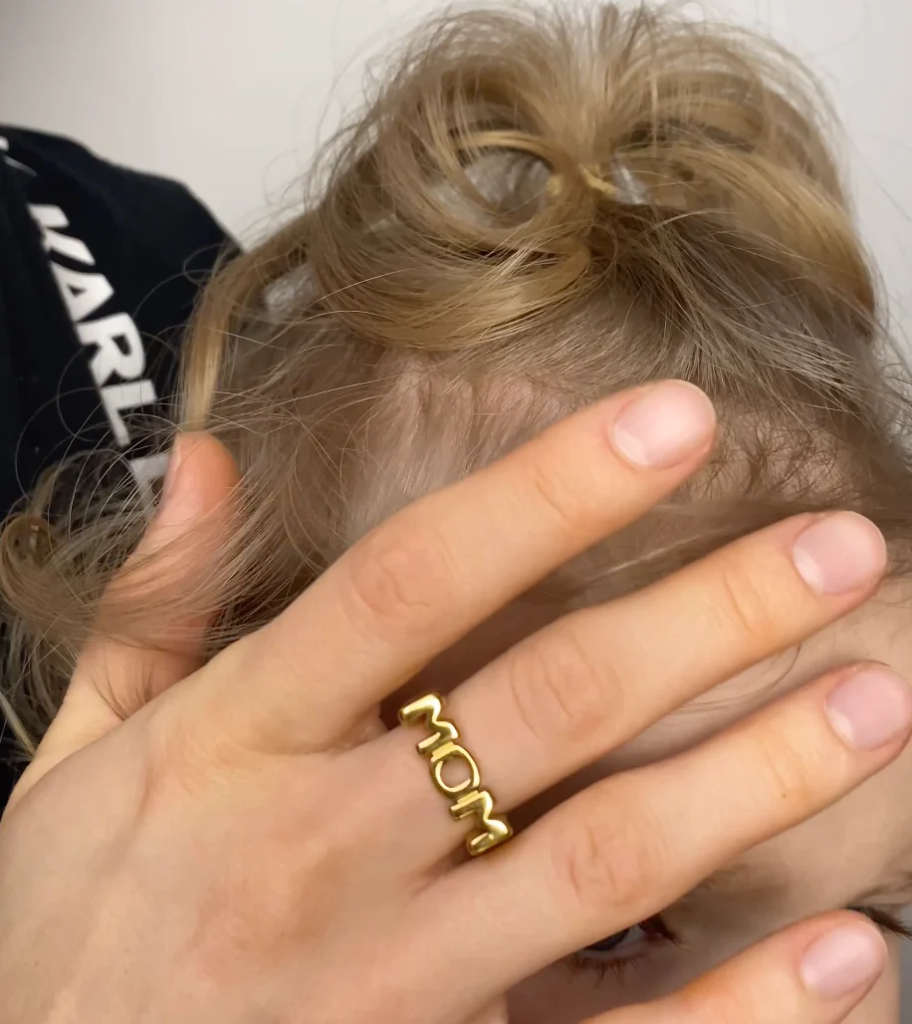When it comes to keeping your jewelry in a good condition, knowing if it can be worn in the shower is crucial. Our guide has all the answers you need. If not, you are welcomed to leave us a comment about your query. Learn about how different metals react to shower water and pick up some handy tips to ensure your pieces stay beautiful.
- Stainless Steel: Stainless steel jewelry is known for its durable and corrosion-resistant ability. Since it’s the same substance used in crafting vessels, especially the high-quality types 304 and 316, it’s safe to wear stainless steel jewelry in the shower. Don’t worry about rust, corrosion, or adverse reactions when it comes into contact with water.

Most of Meideya’s jewelry is gold-plated stainless steel. They are waterproof, and the quality is high. If you like this kind of jewelry for its color and durability, our online shop is waiting for you!
However, it’s essential to note that the chromium coating, which keeps stainless steel resistant to stains, might be susceptible to surface damage. Although stainless steel is not entirely stain-proof, exposing it to certain chemicals and hard minerals in the bath could lead to discoloration or localized corrosion (staining or pitting) over time if the crack-free coating is compromised.
- Platinum: Known for its rarity, durability, and lustrous appearance, platinum is a popular choice for engagement and wedding rings.
Although water won’t cause damage to the metal, continuous exposure to moisture and oxygen may result in the formation of a patina—a layer of corrosion that diminishes its shine and luster. To prevent this issue, ensure you dry your jewelry after bathing and consider professional polishing when it becomes overly tarnished.
- Solid Gold: Pure gold is generally resistant to corrosion and tarnishing, and it is often mixed with other metals to increase its hardness. Keep in mind that frequent contact with soap, shampoo, and other bath products may lead to the accumulation of residue on the gold’s surface, which could eventually impact its shine.
- Diamonds: Diamonds are highly resilient and can endure exposure to water, making them suitable for wear in the shower. Nevertheless, it’s essential to examine the setting and mountings, especially when the jewelry incorporates other gemstones.
RELEVANT: Cubic Zirconia Vs. Diamond: What’s The Difference?
- Silicone: Silicone is a waterproof and durable material that can withstand exposure to water without losing its integrity. It is resistant to damage from moisture and is often used in the creation of waterproof accessories, making it suitable for activities like swimming and showering.
- Titanium: Titanium jewelry is generally considered safe to wear in the shower due to its durable and corrosion-resistant nature. The metal’s robust properties make it resistant to tarnish and hypoallergenic. However, it’s essential to be mindful of any additional materials or coatings that may be present in specific pieces, as these could be influenced by prolonged exposure to water or harsh chemicals. To ensure the longevity of your titanium jewelry, please follow the care guidelines provided by the jeweler or manufacturer.

What Causes Jewelry to Tarnish?
Jewelry tarnishing is a natural process caused by the interaction of metals with environmental factors such as moisture, chemicals, sulfur, and acids. Understanding these factors can help you to take proactive steps to minimize tarnishing and preserve the beauty of your jewelry. Regular cleaning, proper storage in non-humid conditions, and avoiding prolonged exposure to harsh substances can significantly extend the lifespan and allure of your cherished pieces.
These six materials can withstand exposure to moisture, including being worn in the shower. However, it’s important to note that prolonged contact with moisture may eventually impact their appearance and longevity. Taking proper care, such as drying the jewelry after exposure to water and following recommended maintenance practices, can help preserve their aesthetic appeal and durability over time.
By incorporating these preventive measures into your jewelry care routine, you can enjoy your favorite pieces for years to come.
We have talked about the cleaning methods of different kinds of jewelry, if you are interested, please click on Meideya‘s blog and explore our comprehensive guide.